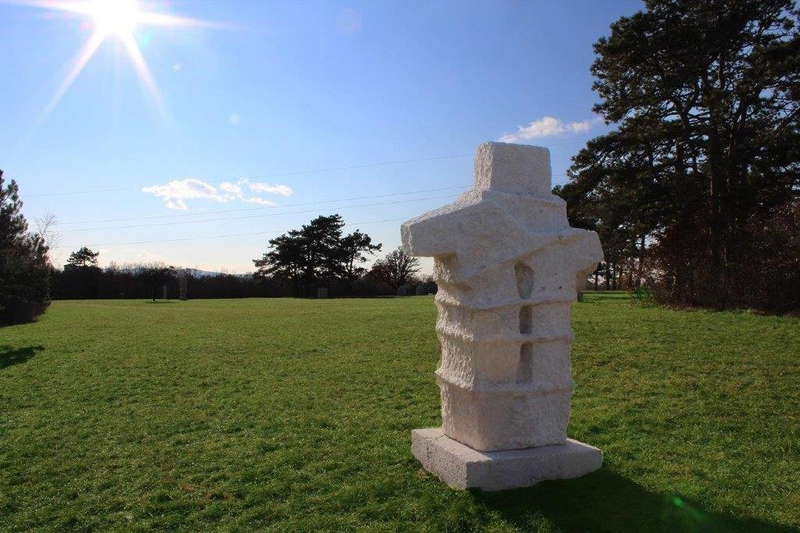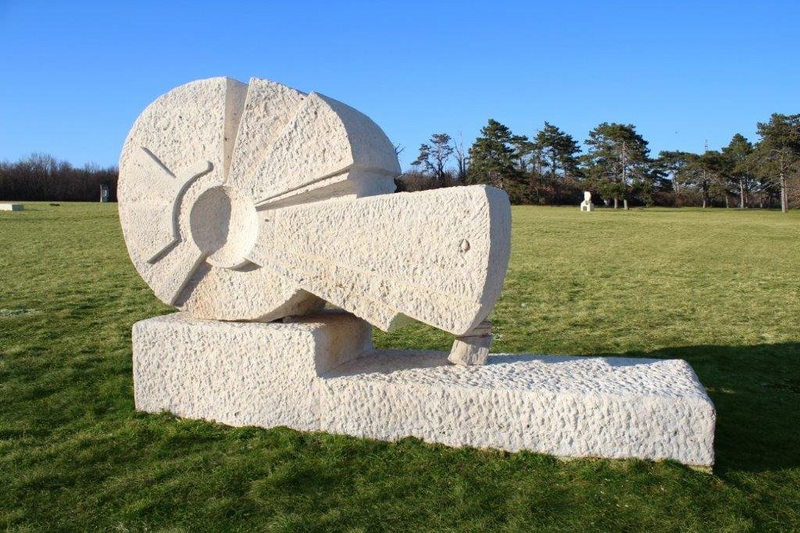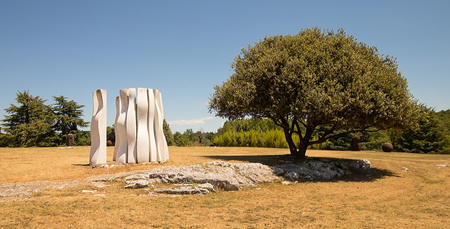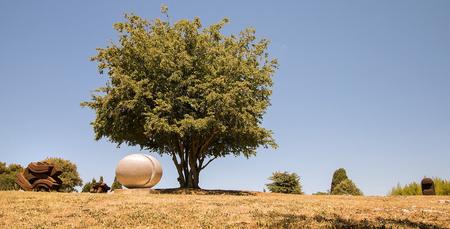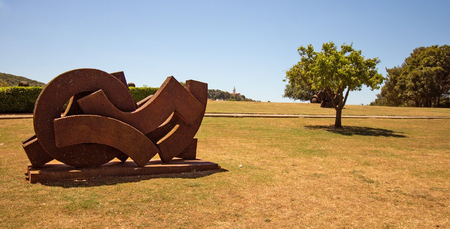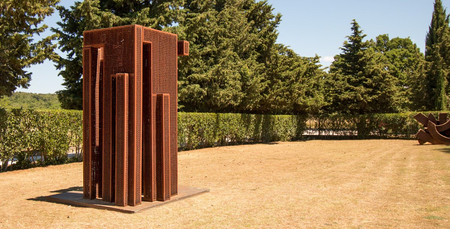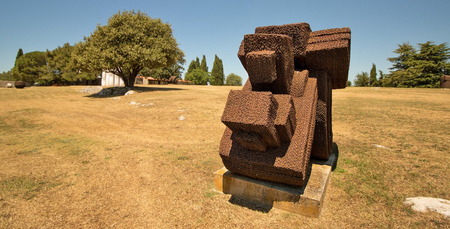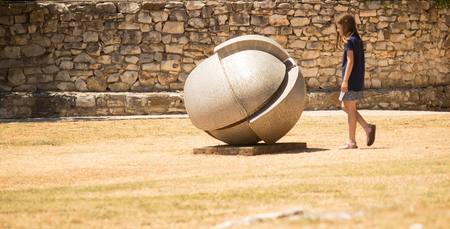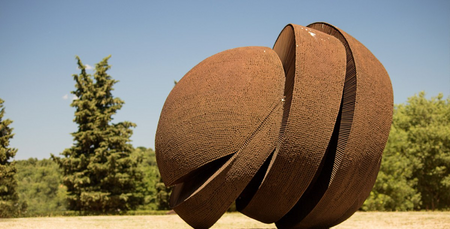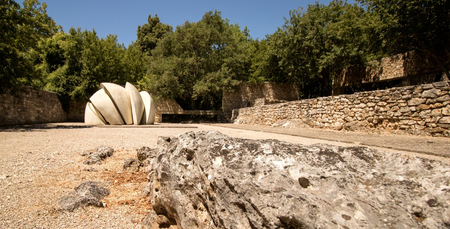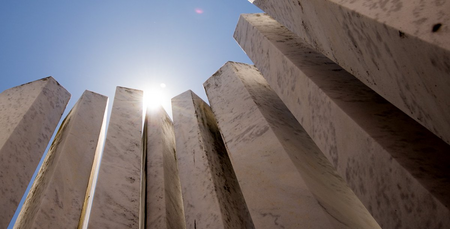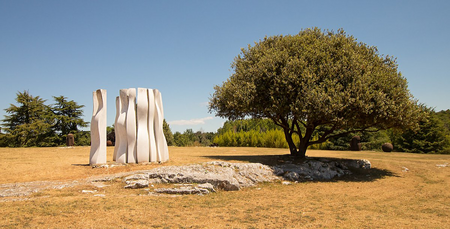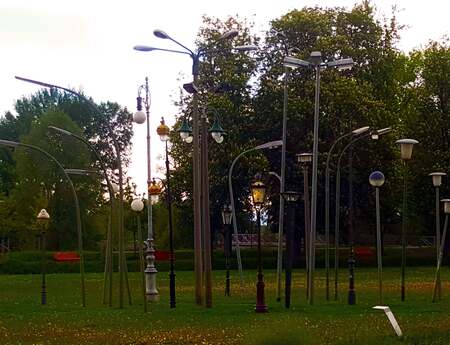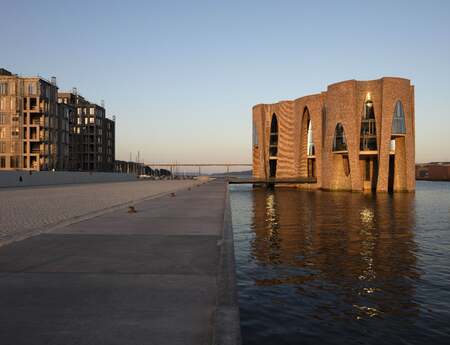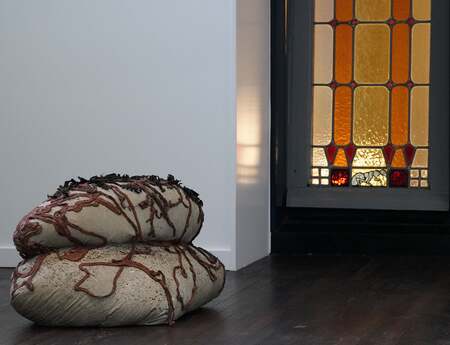Sculpture Parks in Istria (Croatia): Our Selection
Are you planning a visit to the Croatian region of Istria? This region has more to offer than just magnificent beaches. Marina Bauer, our Croatian Coordinator, gave us some tips about which sculpture parks you should not miss in this beautiful country! Here, art and nature are fused in one.
Dubrova Sculpture Park in Labin
Known as one of the most beautiful Croatian sculpture parks, Dubrova Sculpture Park offers unique moments of art and nature in an open-air gallery. It extends over 40 hectares of land, partly surrounded by drywall, with natural valleys, highlands, and rich varied flora.
Dubrova Sculpture Park is located at the entrance to Labin, next to the main road Labin - Rijeka. It was founded almost 50 years ago by Istrian sculptor Josip Diminic and is well-known for the International Sculpture Symposium. Annually since 1970, the Symposium has enriched the impressive collection of monumental sculptures and interdisciplinary projects made in the famous white Istrian limestone that is indigenous to the region. The contrast between the (almost) wild Mediterranean nature and stone sculptures, some of which look old and abandoned, give the viewer a thrill of discovery and uniqueness.
Since the 70’s almost one hundred recognized sculptors from all over the world have taken part in the Symposium, leaving behind tangible results of their creative ideas. The Park is home to the “Dolac” amphitheatre, designed by sculptor Josip Diminić. The amphitheatre represents a venue for art performances, concerts, theatre, and various events for visitors.
The Symposium takes place every year between August and September. The park is open to visitors all year round, 24 hours a day, and the entrance is free. It is the idea setting for a summer stroll or an unforgettable visit in Autumn when the colours are most vibrant.
Dušan Džamonja Sculpture Park in Vrsar
Have you ever heard of Dušan Džamonja? He is a renown Croatian sculptor. The Vrsar Park immersed in the quite green nature of Croatia belonged to him. The view from the park is stunning as it is located near the sea just 30 minutes away from Bale, Istria. Džamonja’s monumental sculptures have been incorporated into the natural backdrop of the area. They take on a new spatial look at different times of the day, and they glow with a different shine in every season. The entrance is free (closed on Mondays). You can also visit Džamonja’s former house-atelier where he lived and worked for most of his life.
About the artist
Dušan Džamonja was born on January 31, 1928 in Strumica (formerly part of Yugoslavia). In 1945, he enrolled in the Fine Art Academy of Zagreb, where he studied sculpture. Džamonja’s first wooden sculptures were figurative, but he gradually moved towards abstraction through a simplification of forms partly due to the influence of Henry Moore’s work. From the late 50’s, in order to express himself more freely, Dušan started investigating the use of different media as diverse as nails and glass. He gained international recognition after participating in the 1960 Venice Biennale, followed by numerous exhibitions abroad. His work is held in museum collections worldwide, including The Museum of Modern Art, New York, and the Tate Gallery, London. He has created numerous public monuments dedicated to the heroes and victims of World War II. Many of his finest works use circles and spheres as symbols of the unity of mankind. Džamonja experimented by combining various materials such as glass, iron, wood, and wire netting, then filling them with concrete. His speciality is a technique by which iron nails are embedded into wooden core sculptures.
Coverpicture: Dušan Džamonja sculpture park. Photo: Slaviša Srdić, www.bale-valle.com

